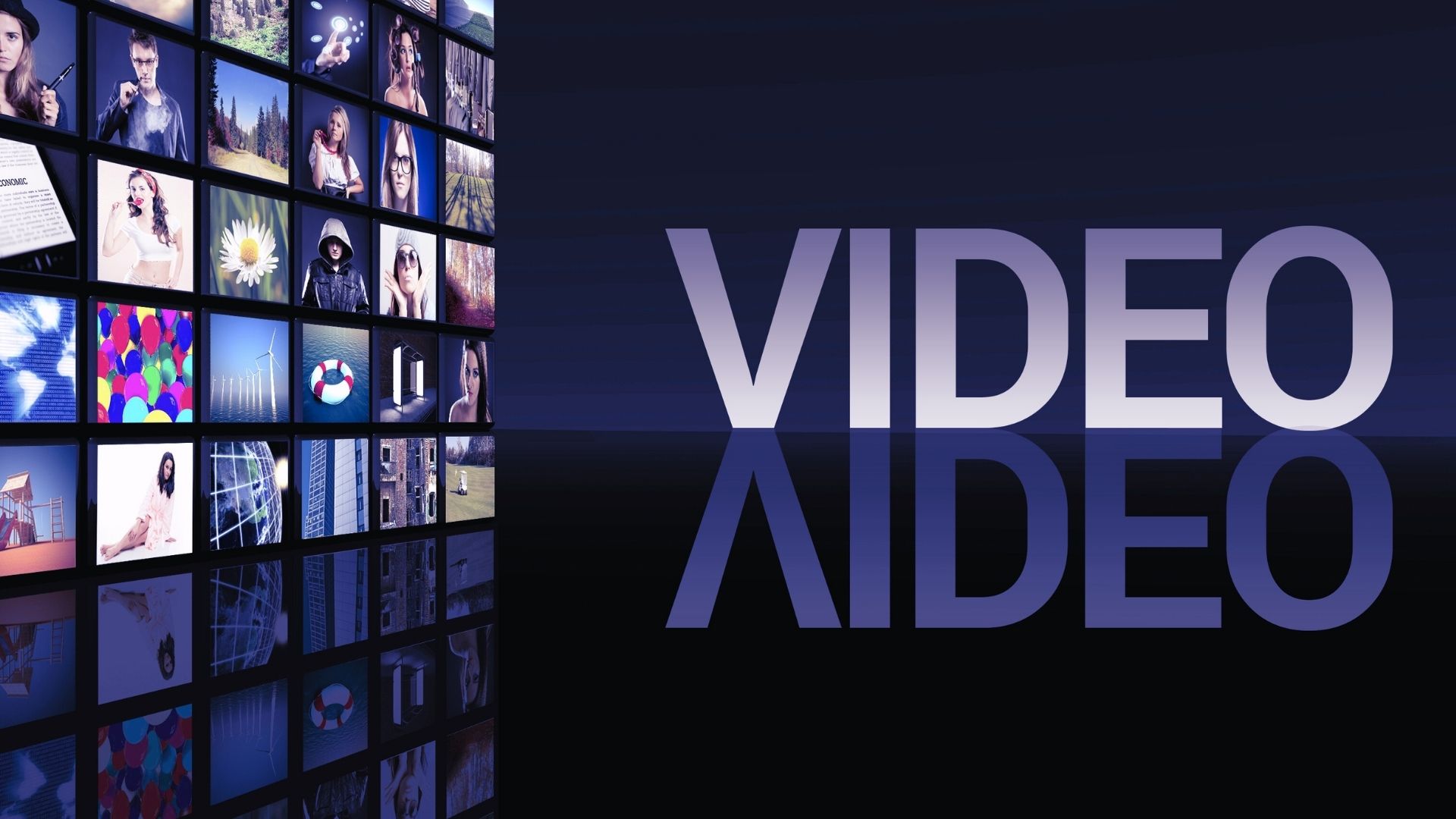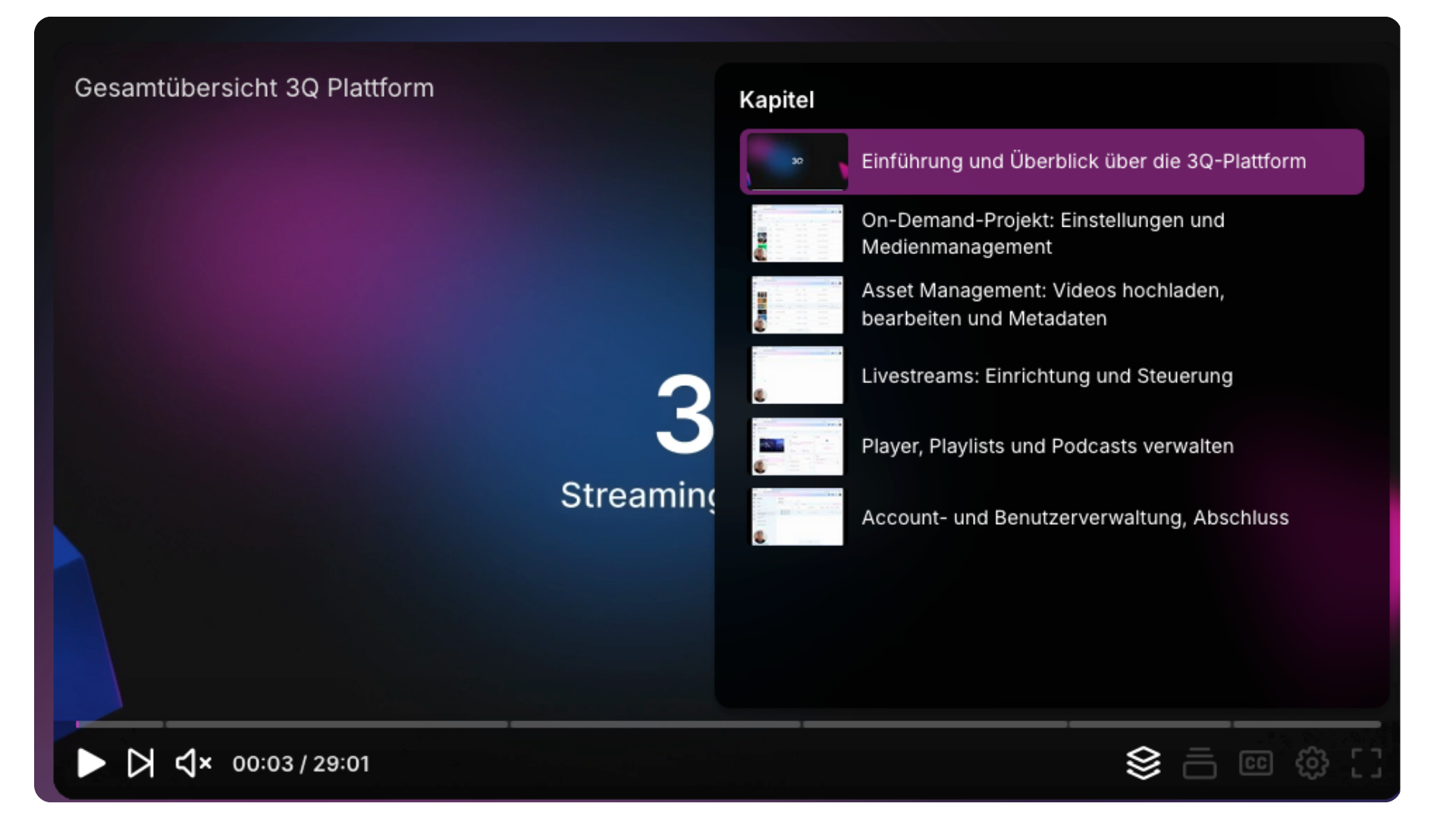Benefits of a corporate webcast

Corporate webcast — more than an online meeting
When you use webcasts effectively, you can flexibly and quickly make your company content available to a wide range of internal and external audiences. A webcast is particularly suitable for events such as product launches, company announcements, town hall meetings, panel discussions, and conferences — whenever you want to deliver information to an audience who can't physically be there.
But what exactly is a webcast? Why are many companies already using 3Q's enterprise streaming solution? And how can you also successfully use webcasts in your corporate communications?
Webcast explained
A webcast is a live broadcast of video and audio content via the Internet or Intranet. Typically, this is a “one-to-many” broadcast, in which an organizer broadcasts a video stream to a wider audience. Webcasts can be broadcast in real time or made available as recordings “on-demand.” Due to the size of the audience, there are limited opportunities for interaction with viewers. There are a few key differences that set webcasts apart from other streaming formats on the Internet:
Difference: Webcast vs. Webinar
A webcast is often confused with a webinar, although a webinar only covers a specific use case. The term “webinar” is a combination of “web” and “seminar” and describes exactly that: One or more hosts present their content to a smaller audience. The number of participants is often less than a hundred spectators and the focus is on continuing education. The special feature of the webinar: It is interactive. Q&A sessions, polls and chats offer plenty of space for intensive exchange.
Difference: webcast vs. live stream
In recent years, live streaming has become a popular format, particularly for influencers. Individuals and brands use social media platforms such as Instagram, Twitch, or YouTube to interact with their audience in real time. The focus here is on interaction with viewers. The special feature of the live stream: The broadcasts are publicly available via the corresponding streaming platform.
Key benefits of a webcast
Easy access for remote workers
Unlike physical events, a webcast does not require a personal presence. All participants need is a link and a stable Internet connection. This enables employees in remote locations to attend corporate events. A webcast is an easy way to reach employees and a global audience. In addition, the capacity of a webcast is much more flexible than for on-site events. With the right solution, a stream can be scaled to thousands, even tens of thousands, of participants in order to simultaneously distribute information worldwide.
accessibility
Accessibility is a more important aspect for many companies. Webcasts remove barriers for attendees that are often challenging at physical events. There are many people who are unable to attend these events in person — whether due to a physical limitation or other personal reasons. Webcasting makes your event accessible to anyone with an Internet connection or a smartphone.
Cost effective
In many ways, webcasts are more cost-effective than events with a physical presence. On-site events require time and financial resources for travel, accommodation, food and space. A webcast, on the other hand, requires fewer resources and therefore saves time and money.
High-quality video output
Modern streaming solutions offer high quality without sacrificing availability. Various factors influence the transmission process, such as the number of streams, video codecs, bandwidth, hardware, and inputs. A suitable webcast solution takes all these factors into account and ensures high-quality transmission.
Reuse
To maximize the reach of a stream, it's a good idea to record events and make them available on a video platform. As a result, it can later be viewed as on-demand content and used for various purposes. This can promote corporate culture and provide new employees with insight.
A video platform for companies (Enterprise Video Platform/EVP) offers a wide range of options for using videos, including live streaming of corporate events. The 3Q webcast is a powerful tool that lets you stream corporate events. It offers various options, such as streaming analytics, interaction functions, individual branding of the player according to your corporate design, eCDN and CDN deployment, multi-CDN and options to enrich streams with functions such as speech recognition (speech-to-text) or text-to-speech.
Learn 6 “hacks” that make your webcast successful, including a checklist to download.
You are also welcome to take a look at our glossary — there we explain all the terms related to streaming.
Newsletter
Abonnieren Sie unseren monatlichen Newsletter, um immer auf dem Laufenden zu bleiben!


%202.png)